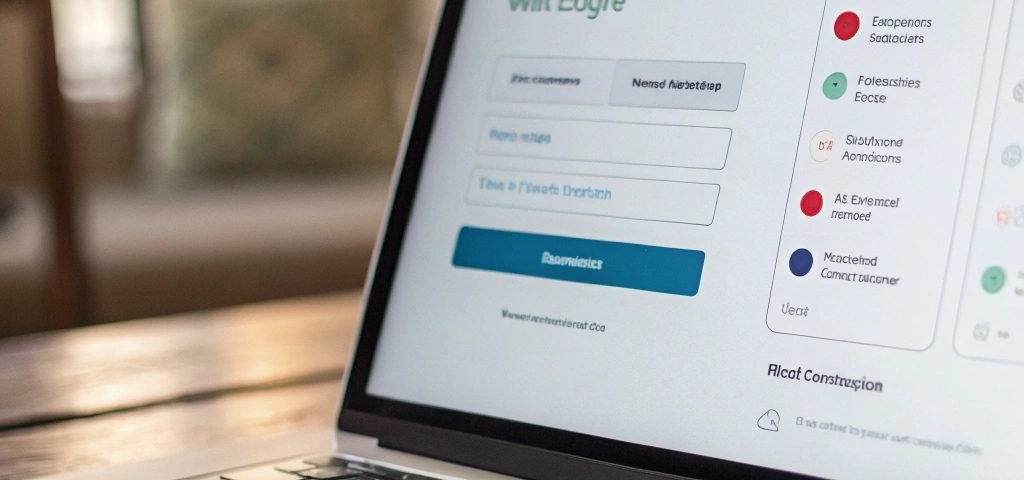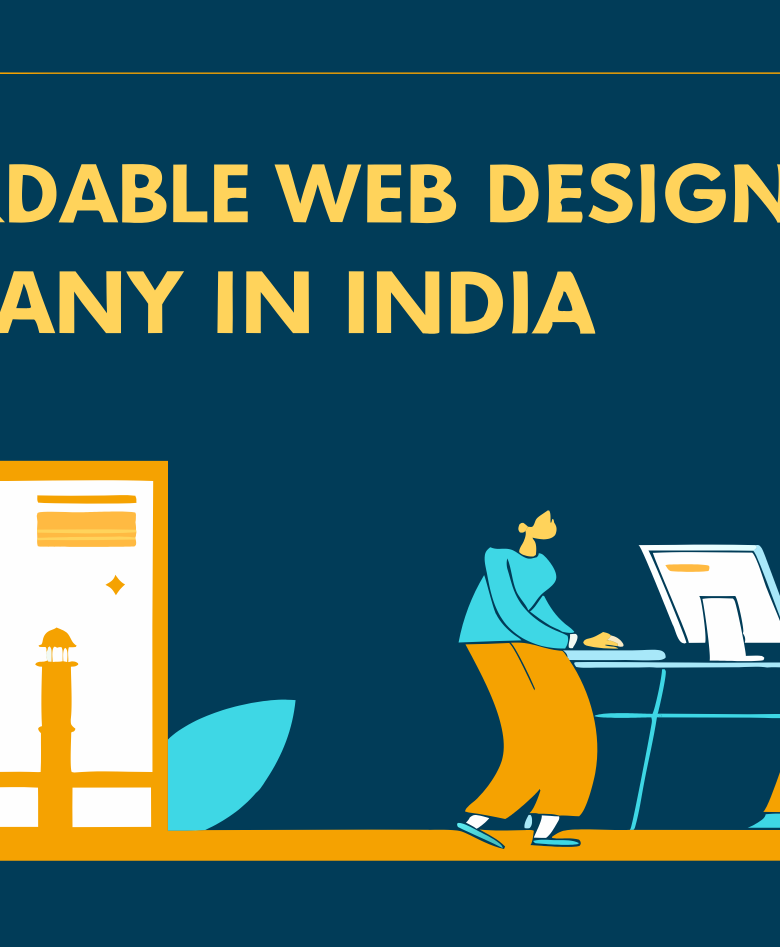Why Microinteractions Are Essential In Web Design?
Rad Maxx: Where Wilds and Multipliers Drive the Action
April 17, 2025How To Promote Your Home At Public sale
April 18, 2025In the dynamic world of web design, ensuring a seamless and engaging user experience is crucial. As digital interfaces become more intuitive, designers are focusing on the subtle yet powerful elements that enhance usability. One such essential component of modern web design is microinteractions. These small, interactive moments play a significant role in how users engage with a website. In this article, we’ll explore why microinteractions are essential in web design and how they can enhance user experience and conversion rates for websites.
What Are Microinteractions?
Microinteractions are the small, often unnoticed interactions that happen when a user engages with a website. They are usually brief, but their impact can be profound. Microinteractions include things like the hover effect on buttons, loading animations, form field validations, and the subtle feedback that a user receives when they click a button or make a selection.
Despite their size, microinteractions help make websites feel responsive and interactive, creating an emotional connection between the user and the design. These subtle yet powerful elements elevate the overall experience by providing users with clear visual feedback and making websites feel more intuitive.
Importance of Microinteractions in Web Design
1. Enhanced User Engagement
Microinteractions are the secret sauce to keeping users engaged with a website. When users experience instant, visible feedback from their actions, they feel more in control and connected to the website. Whether it’s an animated button change or a gentle transition between pages, these interactions make the website feel alive, encouraging users to interact more.
For instance, when a user hovers over a button, the slight animation or color change reassures them that their action has been acknowledged. This interaction, though brief, can significantly improve the website’s usability and user satisfaction.
2. Improved Usability
A key aspect of any website is usability. Microinteractions provide users with feedback, making it easier for them to understand how to navigate the site. For example, when a user starts typing in a form, microinteractions can guide them by showing if their input is valid or needs correction. This real-time validation helps users feel confident in their actions and prevents frustration.
Microinteractions also play a vital role in error prevention. A well-designed notification or visual cue that appears when a user makes a mistake can help them quickly resolve issues without having to guess what went wrong. This prevents confusion and reduces the chances of abandoned forms or incomplete transactions.
3. Building Brand Identity
Every element of a website contributes to the overall brand identity. Microinteractions, with their subtle design choices and animations, offer an opportunity to reinforce brand consistency. For example, if your brand has a playful personality, you could integrate microinteractions with fun animations that reflect this tone.
These tiny interactions are also essential for creating a cohesive and memorable experience for users. By using consistent animations, sounds, or visual effects throughout the website, a company can create a sense of familiarity and brand recognition, which helps solidify customer loyalty.
4. Providing Instant Feedback
One of the most important features of microinteractions is their ability to provide immediate feedback. Whether it’s a success message after submitting a form or a notification when an item is added to the cart, users want to know that their actions are being acknowledged.
When web designs integrate microinteractions effectively, they can provide immediate feedback that not only reassures the user but also enhances the overall experience. Instant feedback keeps users from second-guessing their actions and helps them feel confident while interacting with the site.
5. Smooth Transitions and Navigation
The way a website moves from one page to another is just as important as its content. Microinteractions can significantly enhance transitions between pages, making them feel smoother and more fluid. Instead of abrupt changes, microinteractions can guide the user’s eyes through the content, making the journey across the site less jarring.
For example, subtle animations when navigating between different sections of a website can make the transition feel more like a natural flow, keeping the user engaged and less likely to become frustrated with clunky design elements.
Microinteractions in Action: Examples
- Buttons and Calls to Action: A call-to-action button can change color or slightly grow when hovered over, signaling to the user that it is clickable.
- Form Field Validations: When a user fills in a form, microinteractions provide instant feedback on whether the input is correct or needs adjustment.
- Loading Indicators: When a user is waiting for content to load, a simple progress bar or spinner can be used to reassure them that the process is happening.
- Notifications and Alerts: When an action is completed, such as sending an email or adding an item to a cart, a small animation or sound cue can appear to acknowledge the success.
The Limitations of Microinteractions
Although microinteractions are powerful tools, they do come with their limitations. Overusing or poorly designing them can overwhelm the user. Too many animations or distracting interactions can confuse or annoy users, leading to a negative experience. It’s essential for web designers to use microinteractions sparingly and ensure they enhance the user experience rather than detract from it.
Another limitation is that these interactions require additional development time and effort. Creating smooth, seamless animations and transitions may require more resources, which can add complexity to the design process. As a result, microinteractions need to be implemented strategically, considering the overall goals of the website.
What are microinteractions in web design?
Microinteractions are small, subtle interactions that occur when a user engages with a website. They provide immediate feedback and enhance user experience through animations, transitions, or visual cues like button hover effects, form field validations, or loading animations.
How do microinteractions improve website usability?
Microinteractions improve usability by offering clear feedback, guiding users through actions such as form submissions or button clicks. For example, visual cues or error messages help users understand if their input is correct, making the overall experience smoother and more intuitive.
Can microinteractions help with brand identity?
Yes, microinteractions can be used to reinforce brand identity. By incorporating elements like animations, sounds, or color schemes consistent with the brand’s tone, microinteractions help create a cohesive experience that strengthens brand recognition and customer loyalty.
What are some examples of microinteractions on websites?
Examples of microinteractions include button hover effects, form input validations, success messages when an action is completed (e.g., submitting a form), and loading indicators like spinners or progress bars to show content is being processed.
Conclusion
Microinteractions are an indispensable part of web design. These small, interactive elements can greatly enhance user engagement, improve usability, build brand identity, and provide instant feedback. When used correctly, they make websites more intuitive and enjoyable to navigate. For businesses, investing in thoughtful and effective microinteractions can lead to better user satisfaction and higher conversion rates.
For those looking to create a unique and engaging web experience, focusing on microinteractions is a must. If you’re seeking an expert Website Designing Company in Lajpat Nagar. Through the thoughtful use of microinteractions, they can help you create a website that not only looks great but also provides an enjoyable and memorable experience for your users.





